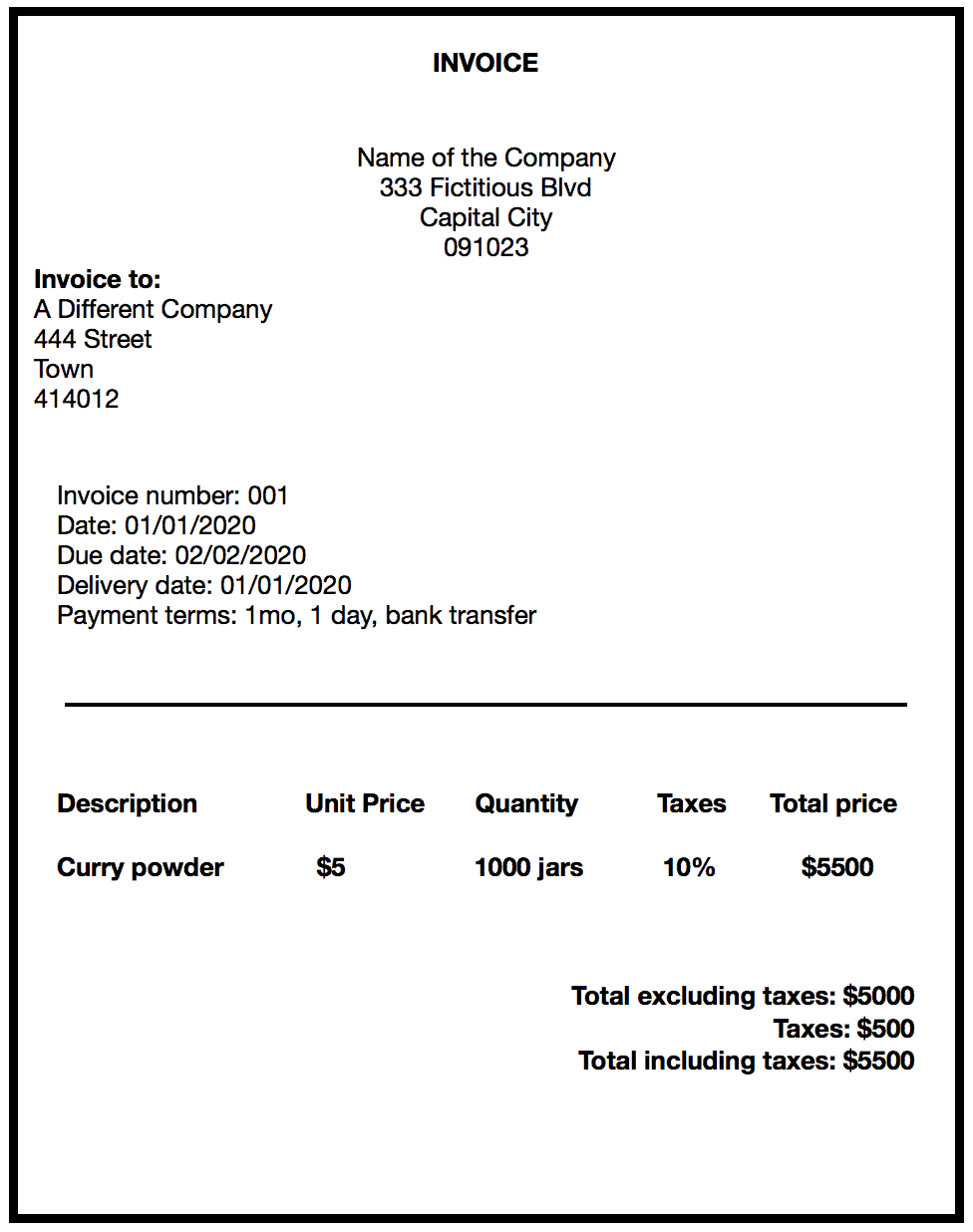An invoice is a document that a seller issues to a buyer containing pertinent information related to a sale transaction. It is used in business as a record of sale.
Invoices are important to both sellers and buyers. From a sellers point of view invoices help make the payment process more seamless by notifying buyers of a balance due. For buyers, invoices reflect costs in an organized way.
An invoice typically contains the names of the vendor and customer, the services or goods transacted, the quantities, and the agreed prices. Payment terms are sometimes included in an invoice.
Many invoices are now sent electronically online through free invoice generators. However, it’s common to keep paper records of invoices with printed copies.
It’s important to note that invoices and receipts are not the same. Receipts are proof of completed payment, whereas invoices serve to let the buyer know payments owed for a sale.
What information does an invoice include?
- A unique invoice number
- The date of the invoice
- Payment terms
- Description of products/services
- Price of products/services
- The price per unit of the products (if applicable)
- The date the service was rendered or the date the product was sent/delivered
- Name of the buyer
- Name of the seller
- Contact details
- Tax payments
- Credit terms

Example
A retailer orders 1,000 bars of soap from a manufacturer for $2,000 ($2 per bar of soap). The soap manufacturer sends the goods to the retailer’s receiving department and sends an invoice for the order to the retailer’s accounting department.
The invoice indicates that the retailer still has to pay the soap manufacturer $2,000 for the order. It also includes the terms of sale and information on the goods ordered.
The retailer’s accounting department makes the payment and includes a copy of the invoice to the soap manufacturer.
